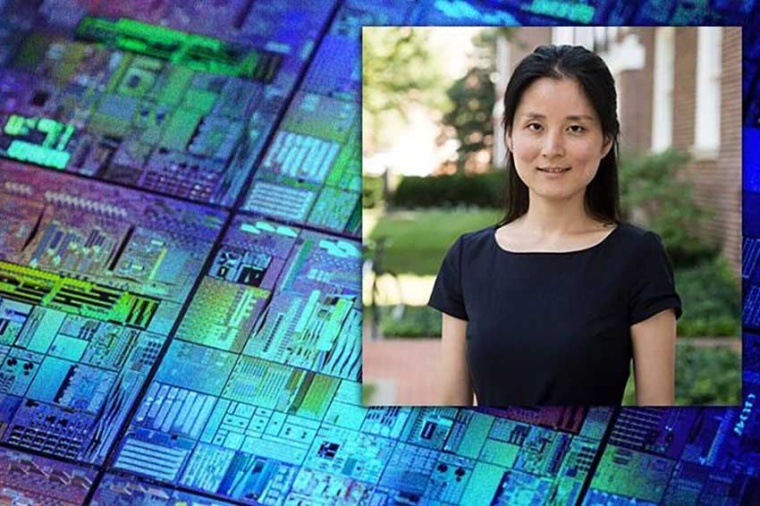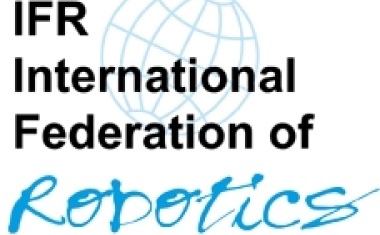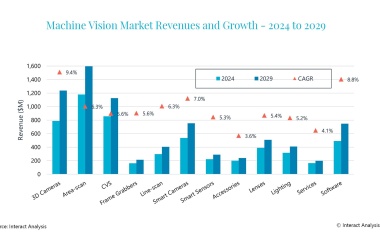Light speed advances
Every time someone sends a message or posts to TikTok, it takes thousands of optical and electrical connections to get that message through. But what if there was a way to manipulate the power of light to create technology that makes these connections more stable and more energy efficient?
That’s precisely what Tingyi Gu is working on in the University of Delaware’s department of electrical and computer engineering. But she’s trying to control the direction of light for more important reasons than sharing the latest social media trend.

“Now is the era of information,” said Gu. “This is specifically working with the power required to distribute that information, trying to reduce and improve that power efficiency.”
Gu, a highly decorated early-career researcher who joined UD faculty in 2016, was recently awarded with the Young Faculty Award by the Defense Advanced Research Projects Agency (Darpa) to further her research on nanophotonics and silicon photonics to improve digital communications. The award, granted to more than a dozen early career researchers annually, aims to “identify and engage rising stars” and grant exposure to Department of Defense needs.
In her work, she’s finding new, more efficient ways to engineer photonics, like the technology used in integrated circuits to convert signals from fiber to electric, like what happens each time signals go through a cell phone tower.
“The Darpa YFA is one of the top honors for early career faculty, where it is clear that Dr Gu is recognized as one of the rising stars in optics and photonics,” said Jamie Phillips, chair of ECE and a previous Darpa Young Faculty Award honoree. “The award not only provides recognition and resources to engage in fundamental research, but also to develop ideas in context of national security needs. Tingyi's project explores a unique optical interaction called a chiral exceptional point to advance photonic systems on a chip for applications including computing, communications and sensors.”
To make improvements, Gu is using applied physics and the concept of chirality – which essentially determines the direction of an object – to manipulate the direction and speed of photons on a circuit. Instead of conventional systems that rely on fibers, Gu’s design would rely on photonic signals, specifically designed to enhance power efficiency. This work can improve technologies used in communications devices by the military and beyond.
Cutting power consumption by even ten percent by incorporating Gu’s new technology could mean significant energy efficiency improvements by an order of magnitude, which could in turn address some climate change-related emissions. But in a relatively new field – these technologies have been around only since the 2000s – the cost of creating these kinds of photonic interconnect chips remains high.











